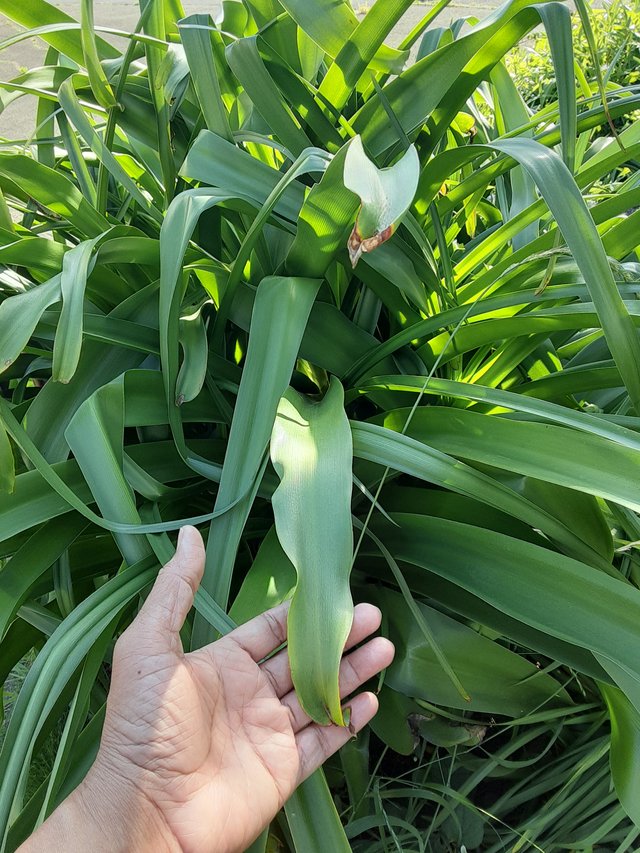
Agapanthus africanus, also known as the African lily or Lily of the Nile, is a stunning evergreen perennial native to South Africa. It's prized for its architectural form and clusters of vibrant blue or white flowers, but the Agapanthus africanus truly shines with its impressive foliage.
Evergreen Elegance: The Leaves of Agapanthus africanus
Agapanthus africanus boasts long, lush, and strappy leaves that form dense clumps, adding a touch of evergreen elegance to your garden. These leaves are:
- Evergreen: Unlike some Agapanthus varieties, A. africanus keeps its foliage year-round, providing year-long visual interest.
- Strap-like: The leaves are linear and narrow, resembling straps. Their width is typically around 15 millimeters, and they can reach impressive lengths of up to 350 millimeters (around 14 inches).
- Leathery: The leaves have a leathery texture, making them somewhat tough and resilient.
- Suberect: They grow in a somewhat upright position, often arching slightly as they mature, creating a graceful cascade around the base of the flower stalks.
Beyond Beauty: The Function of the Leaves
The impressive leaves of Agapanthus africanus aren't just aesthetically pleasing; they play a vital role in the plant's health and growth:
- Photosynthesis: The large surface area of the leaves allows for efficient capture of sunlight, which is then converted into energy through photosynthesis. This energy fuels the plant's growth and flower production.
- Protection: The leathery texture of the leaves helps to protect them from harsh weather conditions, such as strong winds or intense sunlight.
- Basal Support: The dense clump of leaves forms a strong and supportive base for the flower stalks, ensuring they can hold the weight of the blooms without drooping.
Adding Beauty and Structure to Your Garden
The combination of the evergreen, strappy leaves and vibrant blooms makes Agapanthus africanus a versatile addition to your garden. Here are some ways to utilize its beauty:
- Borders: Plant them along borders to create a stunning backdrop for other flowering plants.
- Containers: Their architectural form makes them well-suited for containers, adding a touch of elegance to patios or balconies.
- Mass Planting: Planting them in large groups creates a dramatic and visually striking effect.
With its captivating flowers and impressive evergreen foliage, Agapanthus africanus is sure to add a touch of beauty and structure to your garden year-round.
Ref.:
 |  |
Upvoted! Thank you for supporting witness @jswit.
Downvoting a post can decrease pending rewards and make it less visible. Common reasons:
Submit